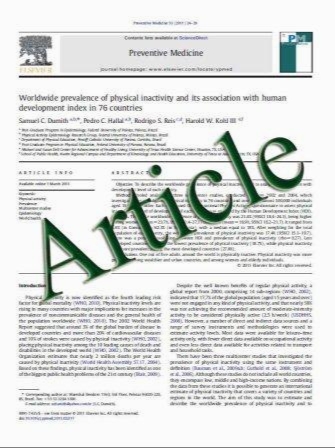Acetylsalicylic Acid Does Not Prevent Digital Subtraction Angiography-Related High Signal Intensity Lesions in Diffusion-Weighted Imaging in Cerebrovascular Patients
- نوع فایل : کتاب
- زبان : انگلیسی
- مؤلف : C. Brockmann · F. Seker · C. Weiss · C. Groden · J. Scharf
- چاپ و سال / کشور: 2011
Description
Purpose A ssuming thromboembolic events to be the origin of silent strokes during cerebral digital subtraction angiography (DSA), antiplatelet therapy with acetylsalicylic acid (ASA) should significantly reduce the risk for DSA-related silent stroke. The aim of this retrospective analysis was to assess whether ASA does prevent DSA-related silent stroke in terms of high signal intensity lesions in diffusionweighted magnetic resonance imaging (DW-MRI). Methods A ll patients underwent a baseline DW-MRI 24 h before DSA and a follow-up DW-MRI 3–24 h after DSA. Patients were considered to have an acute (silent) infarction caused by DSA if there was at least one hyperintense lesion of at least 1 mm in diameter and no neurological deficits. Results Out of 52 patients in the ASA group 11 (21.2%) had high signal lesions on DW-MRI and 20 out of 123 (16.3%) in the non-ASA group. No significant relationship between the ASA and non-ASA group and the post-angiographic appearance of high signal intensity lesions in DW-MRI could be found (Wilcoxon 2-sample test: p-value 0.9). Conclusions T he use of oral antiplatelet therapy by ASA (100 mg/day) in cerebrovascular patients did not prevent DSA-related high signal intensity lesions in DW-MRI in this study. Despite a potential bias of this retrospective analysis the findings challenge the current theory of thromboembolisms being the predominant origin of silent stroke. The findings therefore support alternative hypotheseses of the etiology of silent strokes, such as air embolism and mobilized embolic material by the catheter at the vessel wall.
EndovasClin Neuroradiol, Received: 16 February 2011 / Accepted: 27 April 2011 © Springer-Verlag 2011


